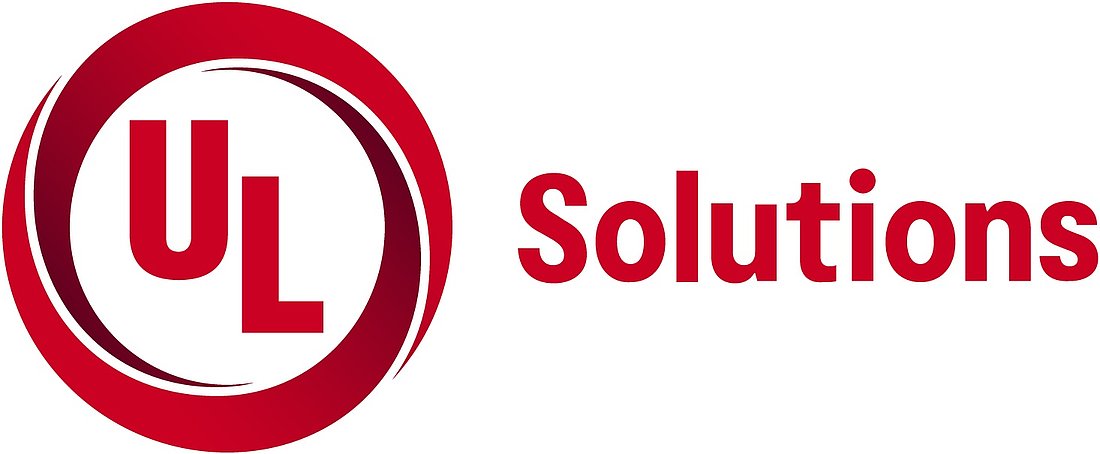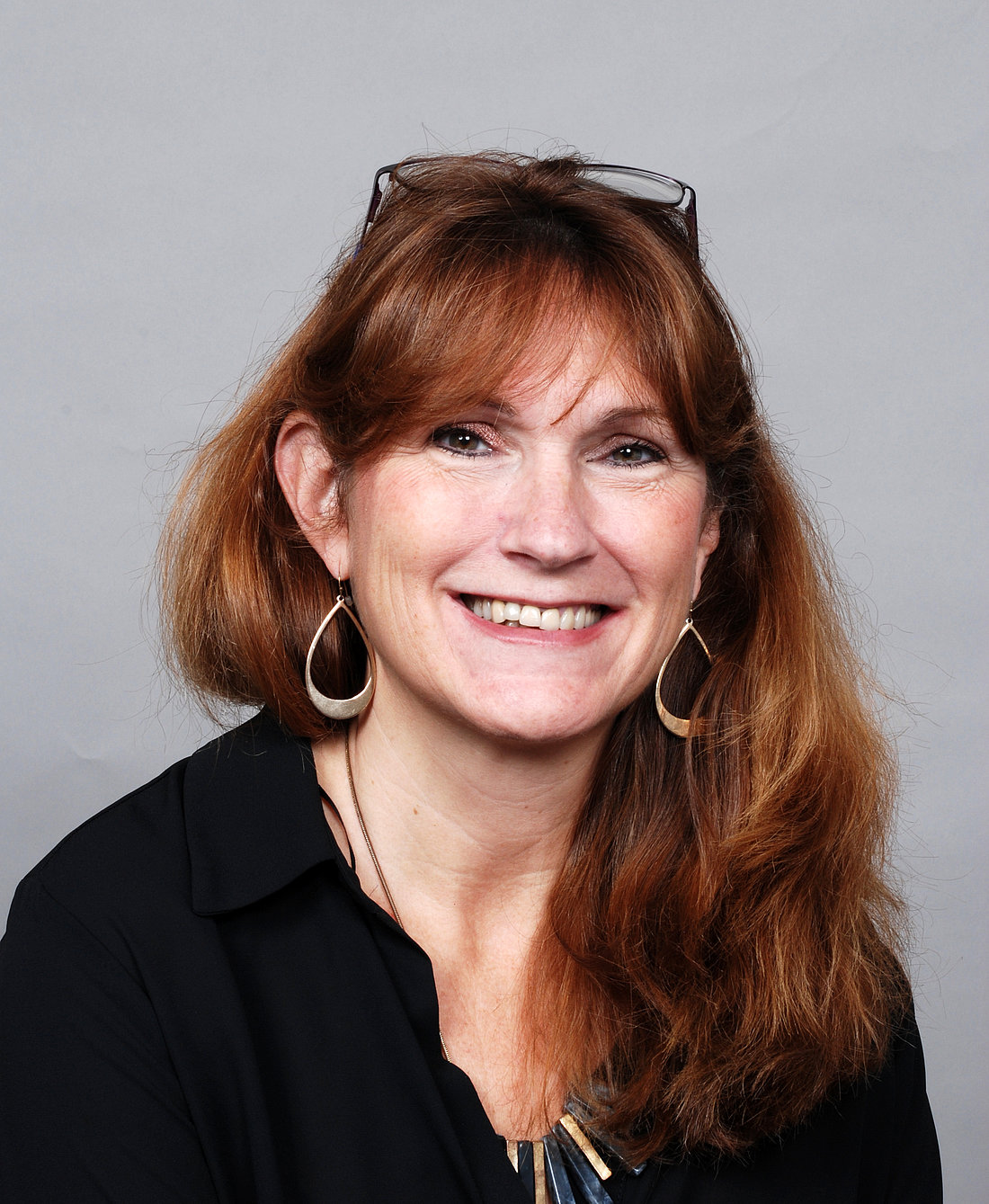Science Meets Automotive Consulting
Software expertise on all fronts – what to expect in the future from the new automotive consultancy under the UL Solutions umbrella. As a leading management consulting firm for automotive electronics development, we’re proud to be in an even stronger position to support you with your transformation processes within the wider transportation and mobility industry. Working alongside our sister brands, we provide professional and competent support, covering all key requirements in the world of development.
A global leader in applied safety science, UL Solutions transforms safety, security, and sustainability challenges into opportunities for customers in more than 100 countries. UL Solutions delivers testing, inspection, and certification services, together with software products and advisory offerings that support the product innovation and business growth of our customers. UL Certification Marks serve as a recognized symbol of trust in our customers’ products, reflecting an unwavering commitment to the advancement of our safety mission. We help our customers innovate, launch new products and services, navigate global markets and complex supply chains, and grow sustainably and responsibly into the future. Our science is your advantage.
UL Solutions offers a broad portfolio of services to companies. Maintaining separate legal entities for conformity assessment and consultancy services, UL Solution has processes in place to identify and mitigate potential conflicts of interest while also maintaining impartiality.

The North American Perspective
2022 has been a whirlwind of activity, to say the least. Some of the growth was predictable, but some of it was a pleasant surprise.
The very predictable: The rising tide of worldwide cybersecurity regulation has lifted all boats. Not only are more and more existing clients seeking help with Threat Analyses and Risk Assessments (TARAs), but our number of Introduction to Cybersecurity courses and Cybersecurity Management System (CSMS) audits have quadrupled. Additionally, the greater automotive supply chain has recognized some of the foundational aspects of Automotive SPICE in delivering on the regulation and have sought additional help in areas like Configuration Management and Quality Assurance.
The moderately predictable: The community has returned in force on the backend of pandemic isolation. Our office either hosted or co-hosted two Gate4SPICE gatherings in the past three months and both gathering halls were busting at the seams. The thirst for knowledge and interaction was evident; not just from the attendance, but from the enthusiastic discussions during the interactive workshops. Epidemiologists, economists and politicians can debate the theoretical end of a pandemic, but a palpable crescendo of attendees certainly points towards a restoration of community.
The moderately unpredictable: Growth has nearly outpaced the ability to recruit qualified candidates. Consultants must have sufficient knowledge and accreditation to help clients, but confidence and communication are critical, which have been impacted by 2-3 years of social distancing. There’s certainly talent in the community, though, so it’ll just be overcoming the initial trepidation of “skilled enough.”
The very unpredictable: The greatest growth in interest over the past six months has emerged from Mexico and Canada. Both markets have seen an increase in software and/or manufacturing “DevOps” professionals looking to increase efficiency or decrease costs.
And so predictable or not, we head into the year-end holidays with full satchels and great thankfulness.
Steve Tengler
KUGLER MAAG CIE North America

